While many bird enthusiasts are familiar with the melodious songs that fill forests and gardens, fewer know about the fascinating world of bird whispering. Beyond the bold territorial declarations and mating calls that characterize typical bird songs, certain avian species engage in much quieter communication – often described as “whispers.” This intriguing behavior isn’t simply a softer version of their regular songs but represents complex communication strategies adapted for specific ecological niches and survival challenges. From intimate pair bonding to predator avoidance, bird whispering serves numerous functions that illuminate the remarkable adaptability of avian communication.
The Definition of Bird Whispering
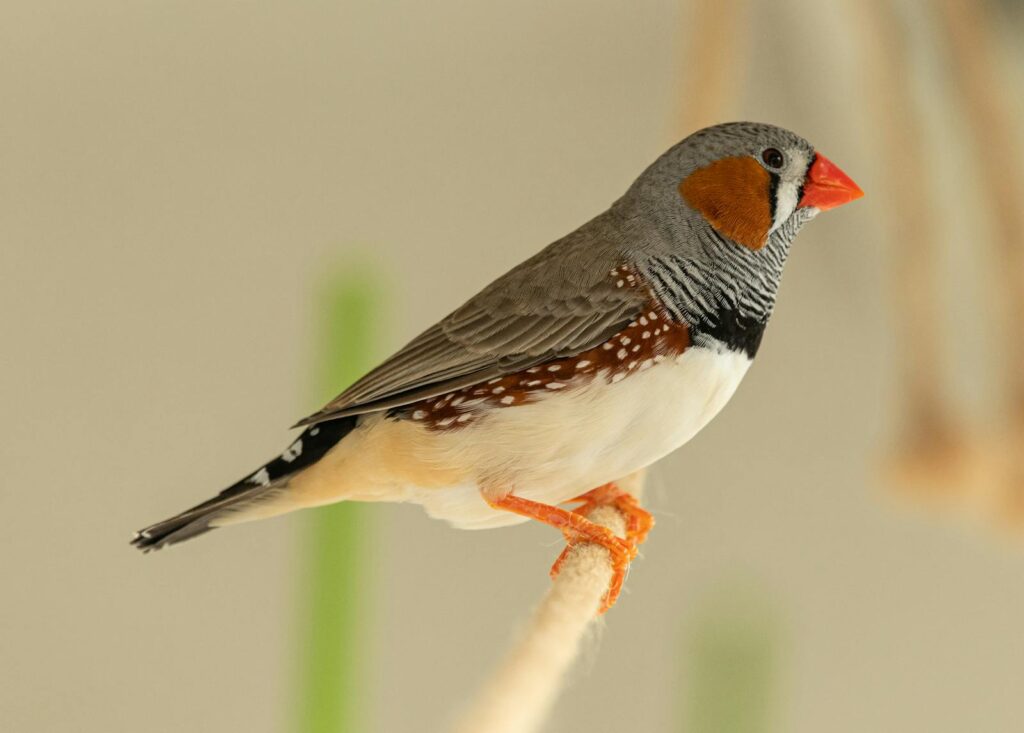
Bird whispering refers to soft, low-amplitude vocalizations that are often barely audible to human ears without specialized equipment. Unlike the projected, high-energy songs used for territory defense and mate attraction, whispers typically involve much quieter, more complex patterns of sound delivered at close range. These vocalizations generally travel shorter distances and are directed at specific individuals rather than broadcast widely. Ornithologists sometimes call these sounds “soft songs” or “whisper songs” and have documented them across numerous bird families, suggesting this communication strategy evolved independently multiple times. The acoustic structure of whispers often differs from regular songs, featuring unique syllables, different timing patterns, or altered frequency ranges that make them distinctly different from a bird’s normal vocal repertoire.
Intimate Pair Communication

One of the primary functions of bird whispering is intimate communication between mated pairs. Many species use these soft vocalizations during courtship rituals, nest building, or when exchanging parental duties. For example, zebra finches exchange quiet, private “sweet calls” when their mate is nearby, strengthening their pair bond through these gentle acoustic signals. Researchers have observed that these whispered exchanges often increase during nest-building and chick-rearing periods, suggesting they play a critical role in coordinating parental activities. The private nature of these communications creates an acoustic bubble around the pair, allowing them to organize activities and maintain their connection without broadcasting their presence to the wider world. This form of communication is particularly important for monogamous species that maintain long-term pair bonds.
Predator Avoidance
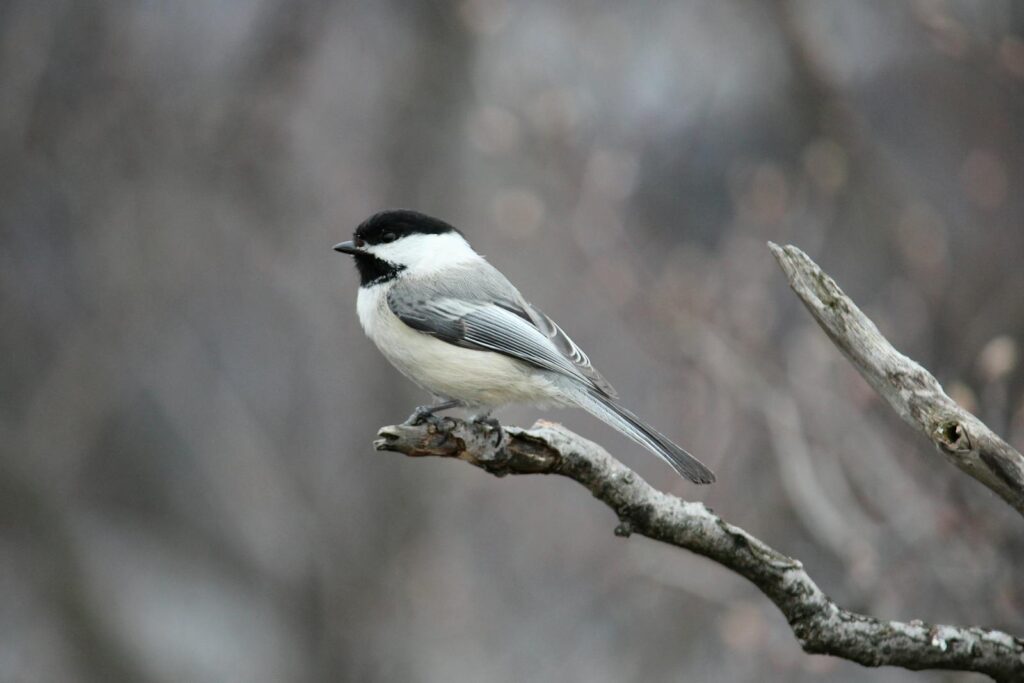
Perhaps the most obvious reason for whispering is predator avoidance, as quieter vocalizations are less likely to attract unwanted attention. Birds are constantly vulnerable to predators who might use sound to locate potential prey, making whisper songs an excellent adaptation for communication during high-risk situations. Studies have shown that birds in areas with higher predator density tend to use whisper songs more frequently than their counterparts in safer environments. The black-capped chickadee, for instance, has been observed switching from its normal loud “chickadee-dee-dee” call to much softer, abbreviated versions when hawks are present in the area. This strategic reduction in vocal volume represents a sophisticated trade-off between the need to communicate and the need to remain undetected by threats lurking nearby.
Nesting Site Security
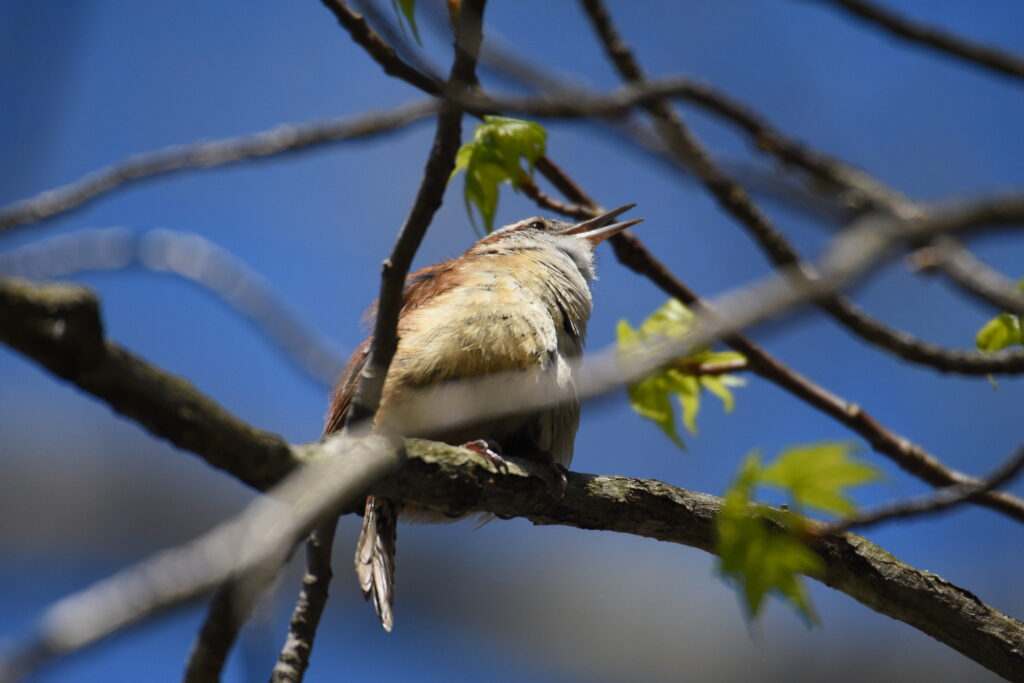
Nesting periods represent perhaps the most vulnerable time in birds’ lives, making stealth communication particularly valuable near the nest. Many species dramatically reduce their vocal volume when approaching or leaving their nests to avoid drawing attention to the location of their eggs or chicks. Carolina wrens and other cavity-nesting species have been documented using whisper songs exclusively when within a certain radius of their nest site. Female birds sitting on eggs often communicate with their partners through barely audible contact calls that allow coordination of feeding duties without revealing the nest location. This behavior becomes even more pronounced when nest predators are detected nearby, with some species going completely silent or using only the softest possible vocalizations until the threat has passed.
Aggressive Contexts and Male Competition
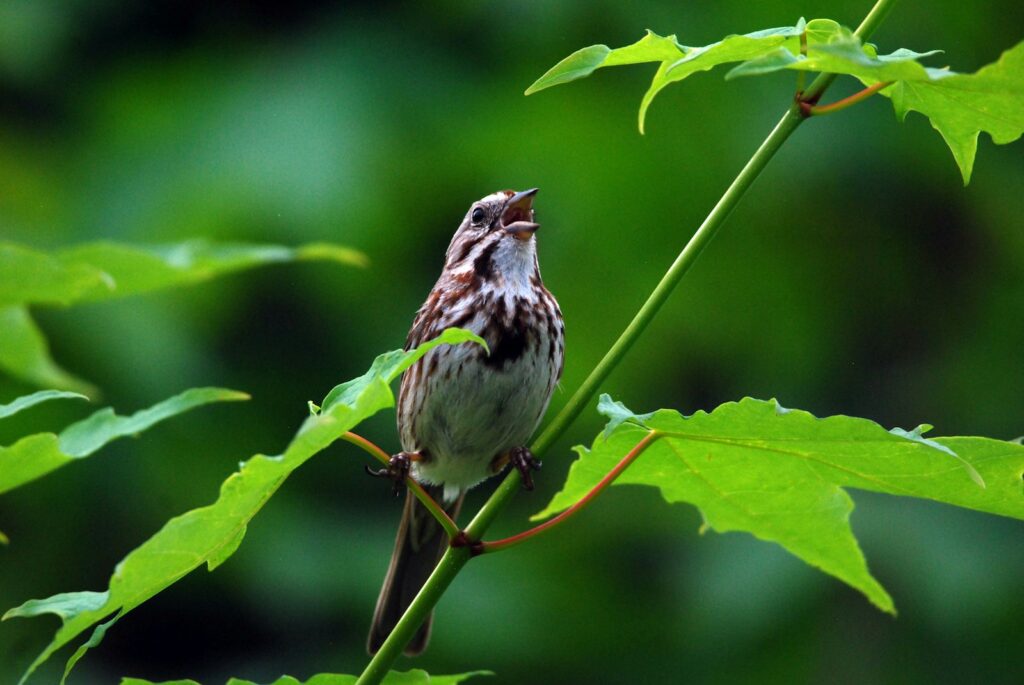
Counterintuitively, bird whispers sometimes occur in highly aggressive contexts, particularly during male-male territorial disputes. Researchers have documented that some species, including the song sparrow, actually whisper when they’re at their most aggressive and about to physically attack a rival. This phenomenon, sometimes called “soft song aggression,” appears to function as a reliable signal of imminent attack because soft songs require close proximity to be heard. By whispering during confrontations, birds essentially demonstrate their willingness to get dangerously close to a rival, indicating serious aggressive intent. Studies show that these aggressive whispers often contain unique acoustic elements not present in regular songs, making them specialized communications that evolved specifically for close-range confrontations.
Dawn Whisper Choirs
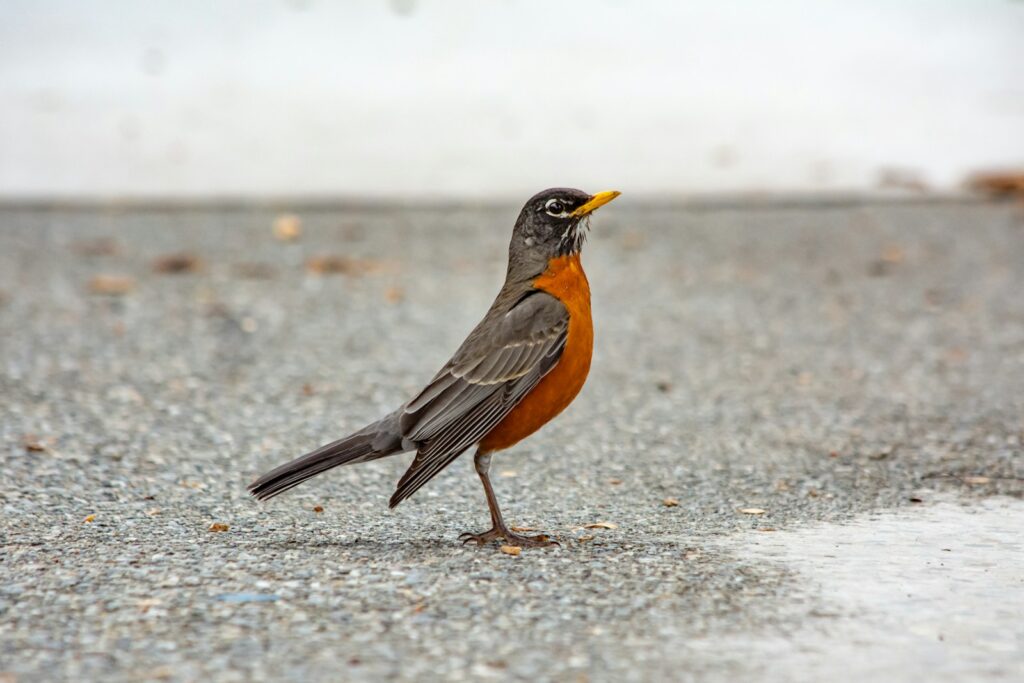
The predawn hours witness a fascinating phenomenon in some bird communities known as the “dawn whisper choir.” Before launching into the more familiar dawn chorus of full-volume songs, many woodland birds engage in a period of whispered vocalizations while light levels are still extremely low. Species like the American robin and various thrushes have been documented producing complex, quiet vocalizations in near-darkness before transitioning to their full repertoire as sunlight increases. Biologists theorize this behavior might serve multiple functions: allowing vocal warm-up before full singing, maintaining territory boundaries when visibility is poor, or reducing predation risk during the vulnerable transition from sleep to daytime activity. These dawn whispers create an ethereal soundscape rarely experienced by humans, who typically aren’t in forests during these earliest twilight moments.
The Whisper Network of Forest Bird Flocks
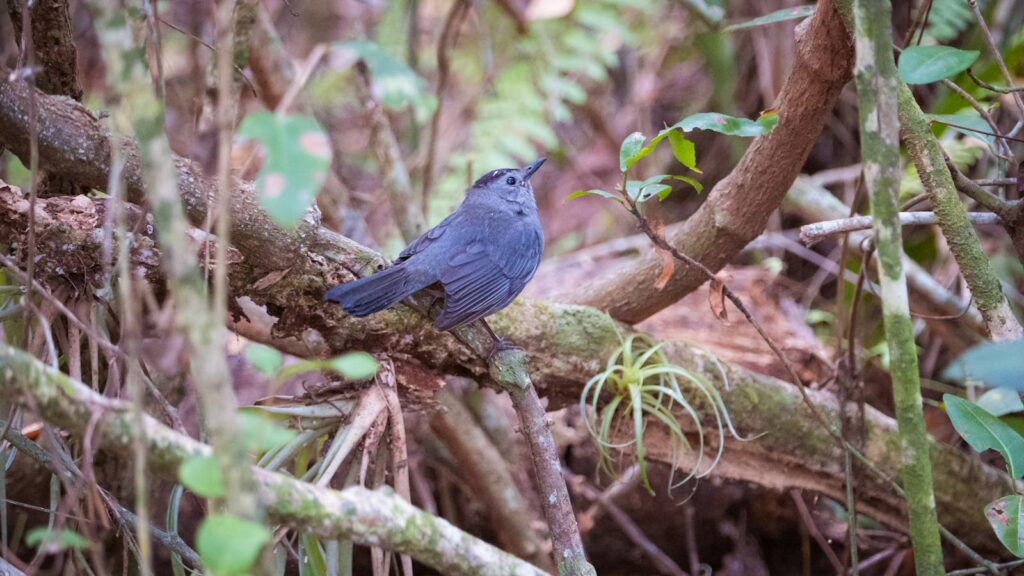
Mixed-species foraging flocks in forests often maintain cohesion through a network of whispered contact calls rather than loud vocalizations. These quiet “keep-in-touch” calls allow flock members to track each other’s locations while minimizing attention from predators. Within these flocks, different species often have specialized whisper calls that serve as identifier signatures, allowing birds to recognize flock-mates even in dense vegetation where visual contact is limited. Tropical forests, with their exceptional bird diversity, feature particularly complex whisper networks, with some mixed flocks maintaining constant soft communication among dozens of individuals from multiple species. Ornithologists studying these systems have found that the temporary loss of certain “sentinel” species that produce key whisper calls can cause entire flocks to disband, highlighting the crucial importance of these quiet vocalizations to complex avian social structures.
Nocturnal Whisperers

Nocturnal birds have evolved particularly sophisticated whispering behaviors adapted for communication in darkness. Unlike the iconic hoots of owls that function as territorial declarations, many night birds also possess an array of whispered vocalizations used for close-range communication. The eastern whip-poor-will, despite its famously loud repeated call, actually uses barely audible whispers when communicating with its mate near the nest. Nocturnal migrants like thrushes employ extremely soft flight calls during nighttime journeys, allowing flock coordination without broadcasting their presence to nocturnal predators. The acoustic properties of these night whispers often differ from daytime vocalizations, with adaptations like lower frequencies that travel better in night air conditions or specialized timing patterns that reduce overlap with the calls of other nocturnal species.
Weather-Related Whispering

Environmental conditions significantly influence when birds choose to whisper rather than sing at full volume. During periods of heavy fog, high winds, or driving rain, many species switch from projecting songs to using more intimate whisper calls that can be better controlled and directed in challenging acoustic conditions. This adaptive behavior allows continued communication when normal songs would be distorted or lost entirely to environmental noise. Some coastline species like gulls and terns have been observed using specialized whisper vocalizations during storms that would render their typical calls inaudible. Researchers have also documented increased whispering behavior during periods of unusual atmospheric conditions like temperature inversions that might distort normal sound transmission, demonstrating birds’ remarkable sensitivity to acoustic environments.
The Neurobiology of Bird Whispering
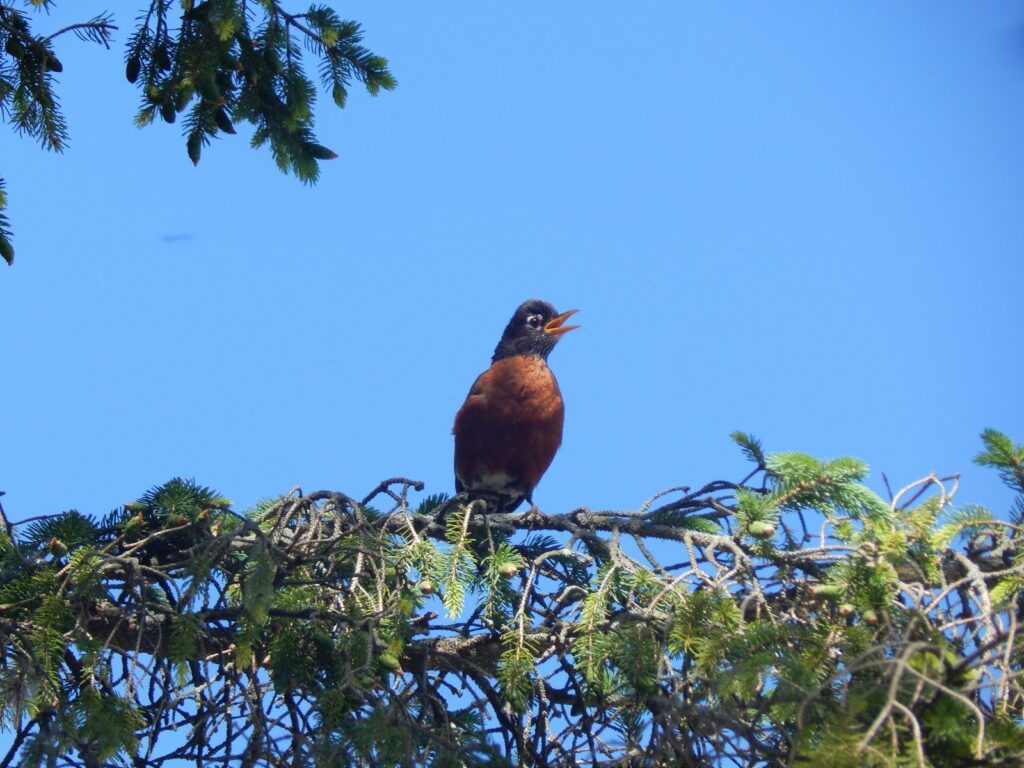
The ability to switch between full songs and whispers requires sophisticated neurological control mechanisms in the avian brain. Recent neurobiological studies have revealed that birds possess specialized neural circuits that allow precise modulation of vocal amplitude independent of other song characteristics. The HVC (high vocal center) and RA (robust nucleus of the arcopallium) regions in songbirds’ brains contain motor neurons that can selectively control the force of air through the syrinx (the bird’s voice box) without changing the basic pattern of the song. This neurological sophistication explains how birds can produce whisper versions of their regular songs that maintain all the complex timing and frequency modulations while dramatically reducing volume. Some species even possess dedicated neural pathways specifically for whisper production, suggesting this behavior is not simply a quieter version of regular singing but a distinct communication mode with its own neural architecture.
Urban Adaptations and Whisper Songs
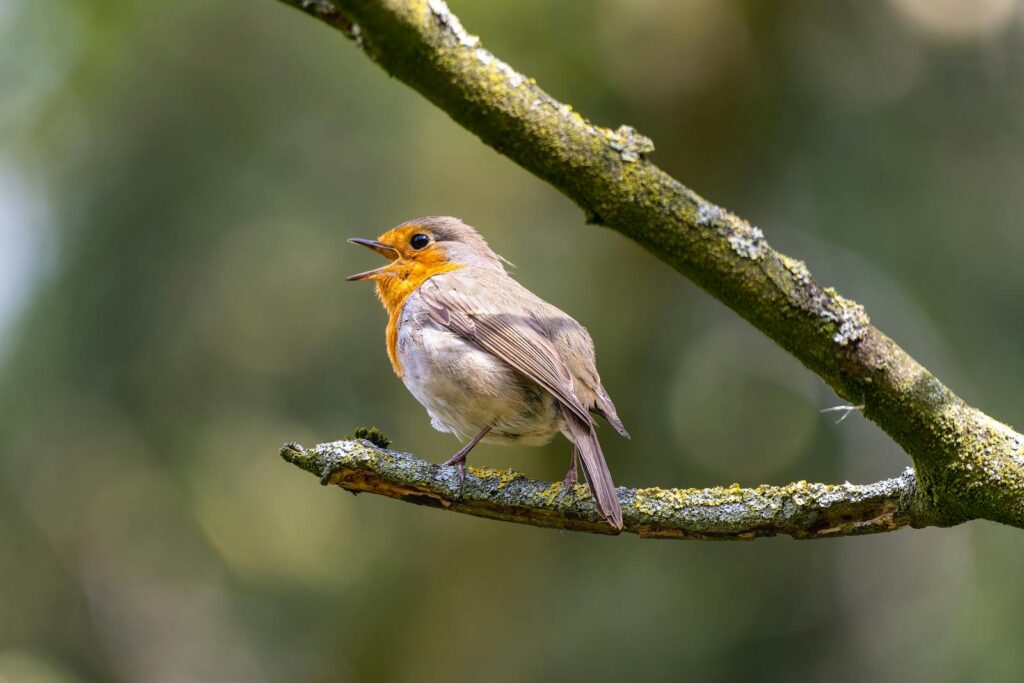
Birds living in noisy urban environments face unique communication challenges, leading to fascinating adaptations in their vocal behaviors, including specialized urban whispers. Rather than simply singing louder to overcome city noise (which many species do), some urban birds have developed context-specific whisper songs for close-range communication in environments where regular songs would be drowned out. European robins in city parks have been observed using whisper communications much more frequently than their rural counterparts, especially during early morning hours before human activity peaks. These urban whispers often occur at frequencies that contrast with the dominant background noise spectrum of the city, representing sophisticated adaptations to anthropogenic soundscapes. Researchers have documented that urban populations can develop these specialized whisper communications within just a few generations, demonstrating remarkable behavioral plasticity.
Technological Challenges in Studying Bird Whispers
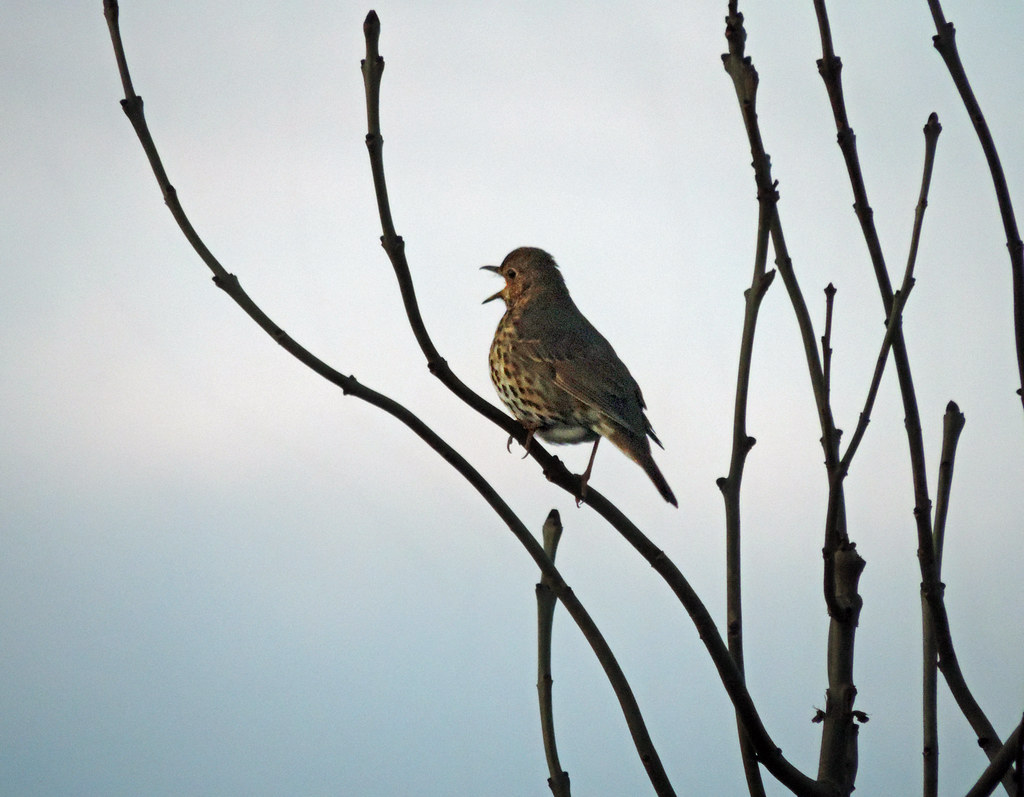
The very nature of bird whispers makes them exceptionally challenging to study, requiring specialized recording equipment and methodologies. Traditional ornithological field recording setups often miss these quietest vocalizations entirely, creating a historical bias in scientific understanding toward louder, more obvious bird sounds. Modern researchers employ arrays of highly sensitive directional microphones, sometimes paired with video monitoring, to capture these elusive communications. Some cutting-edge studies use miniaturized microphones attached directly to birds or embedded in artificial eggs to record the intimate whispers exchanged at nests. The development of machine learning algorithms trained to detect and classify ultra-quiet vocalizations from background noise has revolutionized this field, revealing a previously hidden world of avian communication. Despite these advances, researchers estimate that a significant portion of bird whisper communication remains undocumented due to technical limitations and the inherent difficulty of studying behaviors specifically evolved to be inconspicuous.
The world of bird whispering represents one of ornithology’s most fascinating and understudied frontiers. These quiet communications reveal sophisticated adaptations that balance birds’ needs for social interaction with pressures from predation, environmental conditions, and complex social dynamics. As research technology advances, we continue to discover new dimensions of these intimate communications that challenge our understanding of avian cognitive abilities and social structures. The next time you observe birds in your garden or local park, remember that beyond the obvious songs and calls lies a hidden soundscape of whispers – private conversations carrying vital information between birds that have evolved sophisticated ways to speak softly when circumstances demand discretion.
